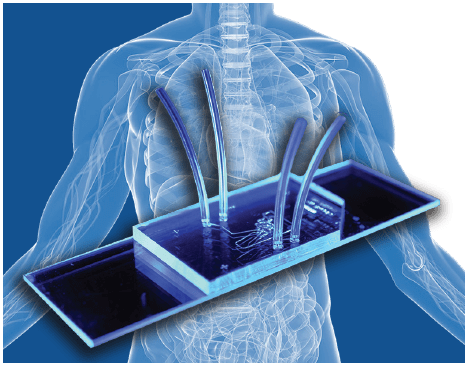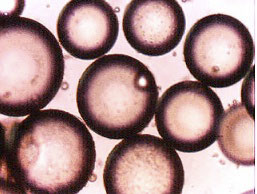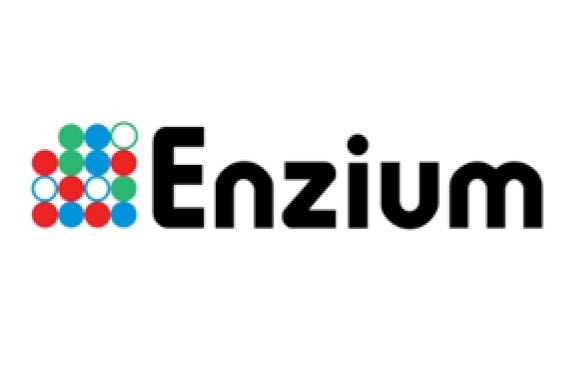 In the field of Drug Development, 3D cell culture models such as spheroids or organoids currently appear as one of the best solutions to obtain accurate and physiological in vitro data, closest to what occurs in the human body. These models are the perfect intermediary between “less realistic” classical in vitro static screening well plates, and animal models which, although more relevant, are much more complicated to set up, and are time consuming.
In the field of Drug Development, 3D cell culture models such as spheroids or organoids currently appear as one of the best solutions to obtain accurate and physiological in vitro data, closest to what occurs in the human body. These models are the perfect intermediary between “less realistic” classical in vitro static screening well plates, and animal models which, although more relevant, are much more complicated to set up, and are time consuming.
As Drug Delivery in the human body is a dynamic process, Synvivo have combined a microfluidics pattern with 3D tissue models to provide an efficient and physiological platform for cell based assays for various applications, such as Drug Discovery and Delivery research, ADME-Tox and many others.
 Developed to recreate a complex in vivo microenvironment including scale, morphology, cellular makeup and interactions, Synvivo’s 3D Tissue models enable real-time visualization and analysis.
Developed to recreate a complex in vivo microenvironment including scale, morphology, cellular makeup and interactions, Synvivo’s 3D Tissue models enable real-time visualization and analysis.
Already validated against in vivo results, these four 3D Tissue platforms are available for research in Oncology, Neurosciences, Inflammation and also the Toxicology field.
- SynBBB: Blood Brain Barrier Model
- SynTumor: Cancer microenvironment model
- SynRAM: Inflammation study model
- SynTox: Toxicology model
SynVivo solutions now appear as one of the most realistic and dynamic in vitro models to obtain in vivo-like accurate data, bridging the gap between drug screening and personalized medicine.
If you want to learn more about these four 3D Tissue platforms, more information can be found in this brochure, or feel free to contact our technical specialists by leaving your comments or questions below, we’ll be pleased to get back to you.
Interested in SynVivo’s 3D Cell culture products? You might like to take a look at other related solutions, such as:



